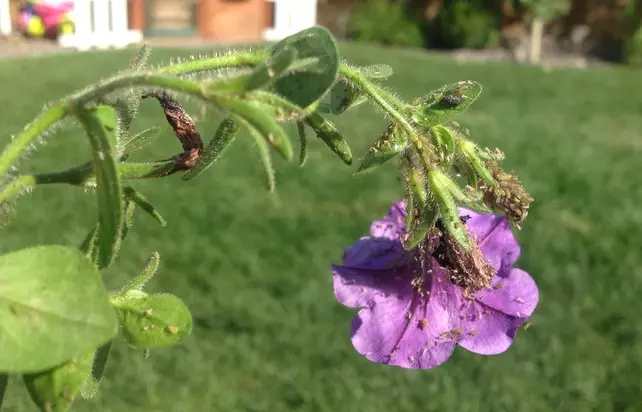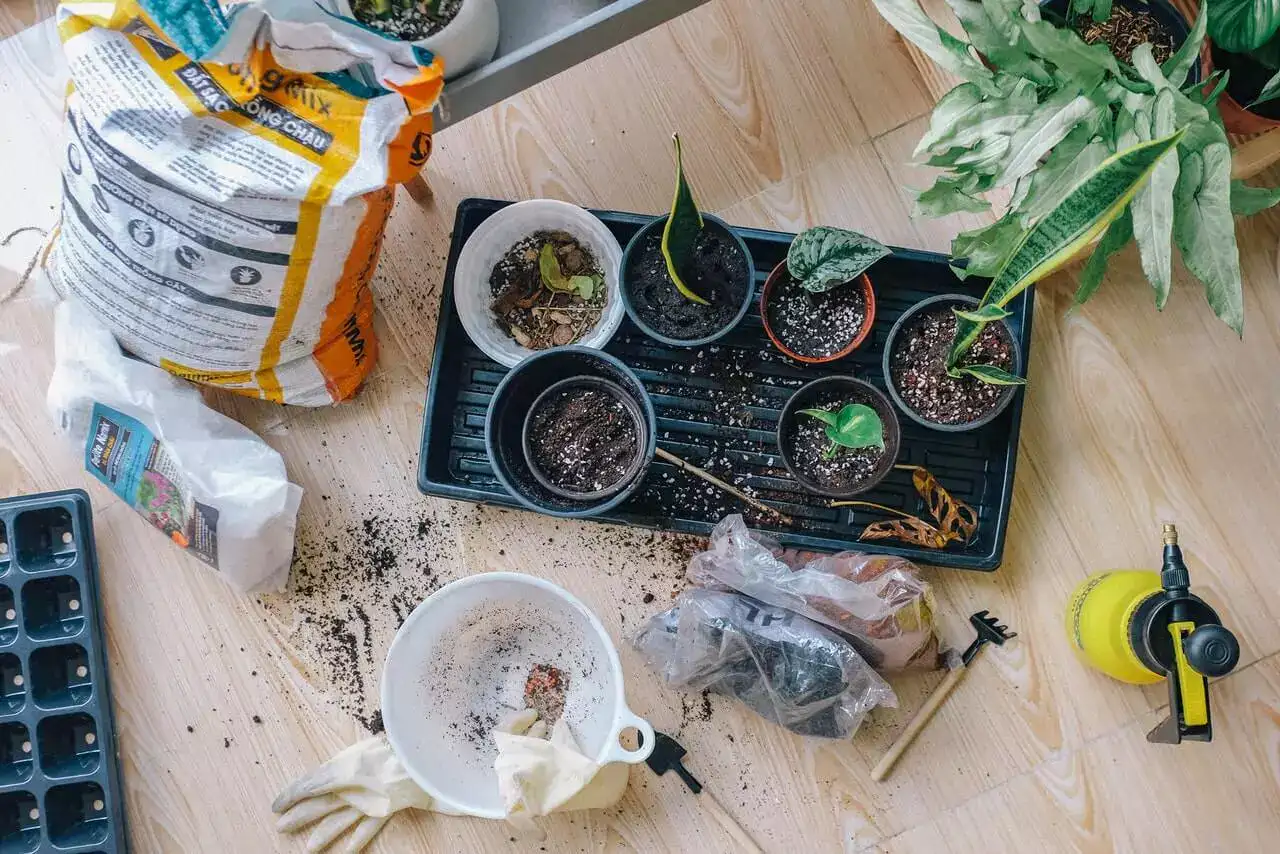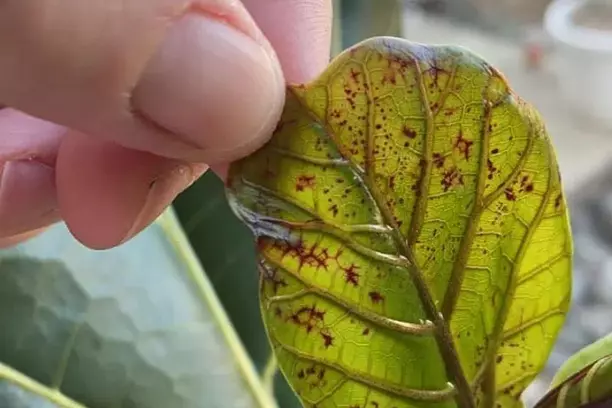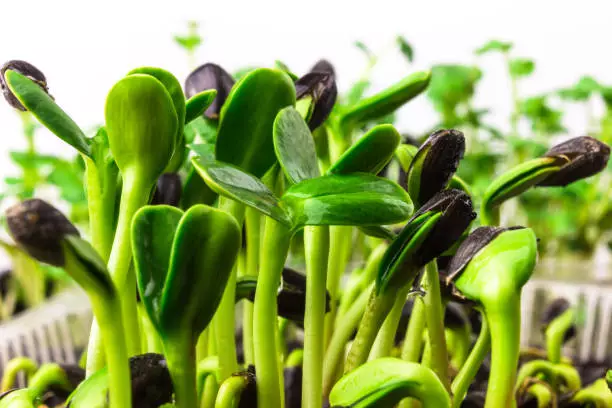Baking soda is a great natural solution for several gardening problems including fungus, compost odors, and stubborn weeds. Knowing how to use it for different purposes is key, but first, can you use baking soda to get rid of weeds?
Baking soda kills weeds by drawing water from the plant cells, forcing the foliage to dry off. Sodium bicarbonate is phytotoxic to plants and can control any type of weeds in lawns and gardens. To kill weeds using baking soda, mix it with water and a surfactant and spray it on weeds until they die off.
Note that baking soda, like other organic weed killers, is a non-selective, contact herbicide. It can also kill desirable plants and grasses in your lawn and garden.
Unlike weed killers, baking soda (bicarbonate soda) is easy to use and readily available in our homes! Most chemicals used as weed killers or herbicides are harmful to the garden, family, or pets. Pulling out weeds by hand or using a weed puller is an option but can be daunting and challenging, especially if it’s a large patch that needs to be cleared.
Does baking soda kill weeds? How?
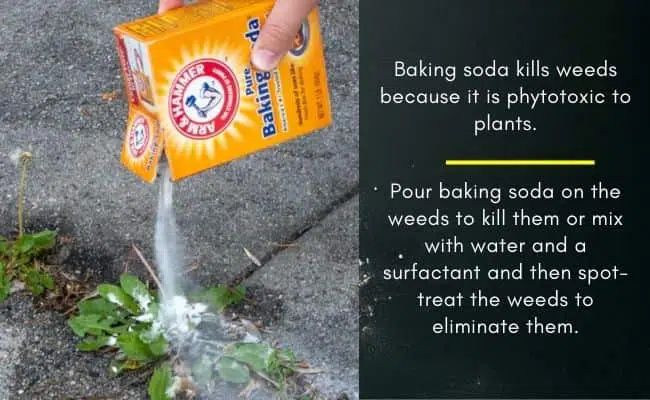
This ordinary baking soda functions as an herbicide on young and actively growing weeds in lawns and gardens. It works just like salt when killing weeds by extracting water from plant cells, which results in dried foliage.
RELATED: HOW TO USE SALT TO CONTROL WEEDS
So, yes, baking soda kills weeds by desiccating them forcing the leaves to dry up. The sodium bicarbonate draws water from plant cells depriving them of the much-needed water for growth. For better weed control with baking soda, follow the application with subsequent sprays to control weeds successfully.
When the weeds such as creeping charlie are exposed to excess salinity, they lose water and die. However, too much bicarbonate salt in the soil can pose a danger to desirable plants in the garden. This negative result may vary depending on the concentration used and soil conditions in general.
If you live in areas with frequent rains, there’s no need to worry since the rain washes away the bicarbonate from the soil.
For the best outcome, you will need a proper application and thorough pursuit to remove weeds when using baking soda. You can apply baking soda any time of the year but it’s most effective after the rains when the ground is wet.
Warning: Do not apply baking soda if your soil naturally holds a high salt capacity, for example, in areas near the ocean. You will end up killing other desirable plants.
How to use baking soda to kill weeds
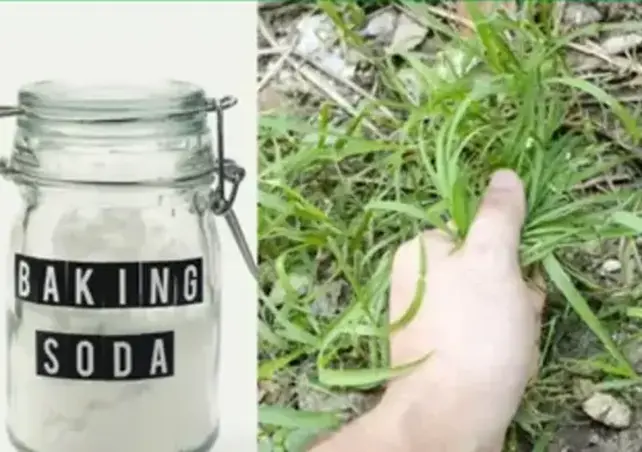
If you have actively growing weeds in your yard, you can use baking soda as an organic weed killer. It is effective on young weeds but may struggle on large, fully mature weeds. To control weeds, you’ll need baking soda, a little water, and a surfactant.
Here’s how to get rid of weeds using baking soda:
- Experiment with the baking soda remedy with one or two weeds beforehand to decide if it is the ideal weed-controlling solution for your lawn. This is a wise move, especially if the weeds are growing near favorite plants and grass.
- If it works for you, soak the affected area with a solution of baking soda. Be sure to cover the surrounding plants and grass.
- Pour the right amount of baking soda on the weed, probably one teaspoon per weed plant. Cover the whole weed plant, including its foliage and the stems. Treated weeds should change color to brown or black after a few days.
- Pull up the dead weeds from the ground. You can either use a weed remover or a shovel.
- Replant your lawn. Leaving exposed spots will invite new weeds.
- If the weed is growing on patios, driveways, and walkways, administer the baking soda by sweeping it in between the cracks where the weeds grow.
- Repeat the procedure as required all through the growing season. Baking soda is effective on plant parts above ground. Roots are not touched. Each application deteriorates the weeds and decreases the chance of them re-growing.
Tip: Baking soda works well early in the day, which is when the plant is more active and the pores are open. Temperatures exceeding 85 degrees Fahrenheit speed up its effects. Water the weeds with 0.5-1 inch of water if it has not rained after one week of application. Water helps soak the baking soda to the roots to continue with the weed-killing process.
Does baking soda kill weeds permanently?
The annoying bit about weed management is that it never seems to end. Once you get rid of a single series of these persistent lawn intruders, a whole new convoy is ready to attack. If you are still searching for that robust long-term yet effective solution, then baking soda is your best bet.
With the correct amount and procedure of application, you will not be disappointed with the results. It is so powerful that it can kill neighboring plants if they are not covered during the application process. Remember, consistency is key.
Can you mix baking soda and vinegar to kill weeds?
The Acetic acid found in vinegar kills most weeds including dandelions by taking out moisture from their leaves. Vinegar is also a 100% natural product making it an environmentally friendly home remedy. It is produced through the fermentation of apples, grapes, or grains. Using apple, you will get a cider which can also be used to eradicate weeds.
RELATED: HOW TO USE VINEGAR AND BLEACH TO CONTROL WEEDS
With the strength of vinegar and baking soda combined, you are sure to get a powerful natural weed killer. The mixture can either be a spray or formed into a paste. Both ways are as effective, depending on your preference.
- For a spray: Mix one part baking soda with two parts vinegar. First, pour baking soda into the sprayer then add vinegar. The mixture will froth and rise for a minute, but once it settles, you can tighten the nozzle. Shake it, and spray the entire weeded area. Otherwise, sprinkle baking soda over weeds first then spray them with vinegar.
- For a paste: A paste of baking soda and vinegar can be administered to weeds deep inside sidewalk cracks. Use two parts baking soda and one part vinegar in a bowl. Use a big bowl, so the mixture doesn’t rise over the edge. Once the bubbling settles, whip, then fill in the cracks with the paste or apply it to the foot of the weeds. Repeat the process every two days until all weeds are dead, and then wash away any paste residue with your garden hose.
Warning: this combination is so potent that it can harm the soil for nothing to ever re-grow on the patches.
Precautions
- Always test a small patch of weeds before any application to measure its effectiveness.
- Isolate or cover other plants when using a mixture of baking soda with vinegar or baking soda alone.
- In case of excess application, you can always rinse off the patches with a lot of water then repeat carefully.
- Avoid using baking soda in areas with high salt capacity in the soil, such as beaches.
- Wear a protective mask when mixing baking soda and vinegar as the smell can be unpleasant.
Most times, people are less aware of how effective home remedies can be hence always rushing to buy chemicals that are not eco-friendly even though effective. In most cases, home remedies can be more effective than chemicals yet easy to acquire, safe, and natural.
So before rushing to buy chemicals to kill weeds, check your kitchen shelves for what you can use. Who knows, you might never have to stock chemicals in your home anymore. You can use baking soda, but combine it with vinegar for better results. Also, always make sure you cover other plants during the application process.
References:
[1] University of Washington, Botanic Gardens: Using Baking Soda for Plant Diseases and Problems
[2] Janna Beckerman, Purdue University Extension: Using Organic Fungicides
